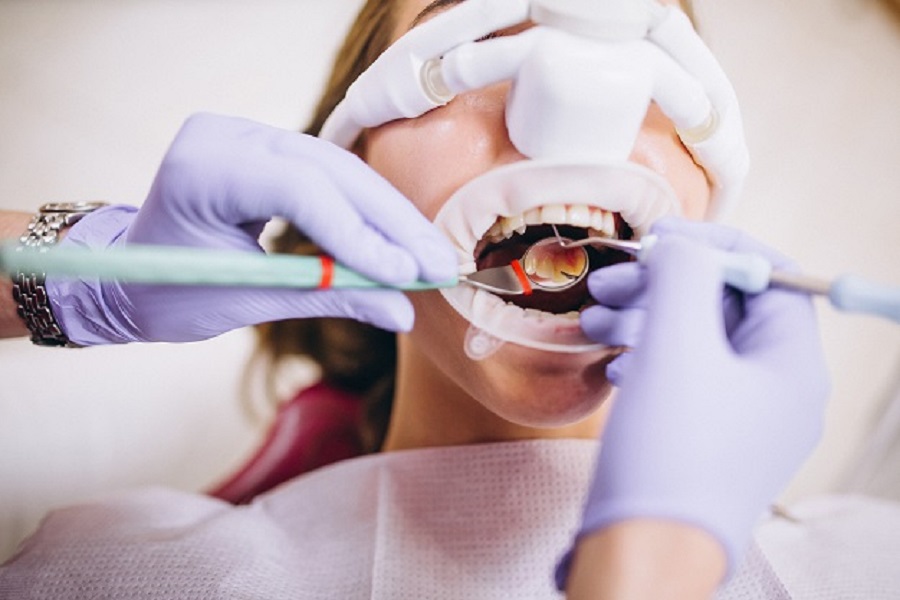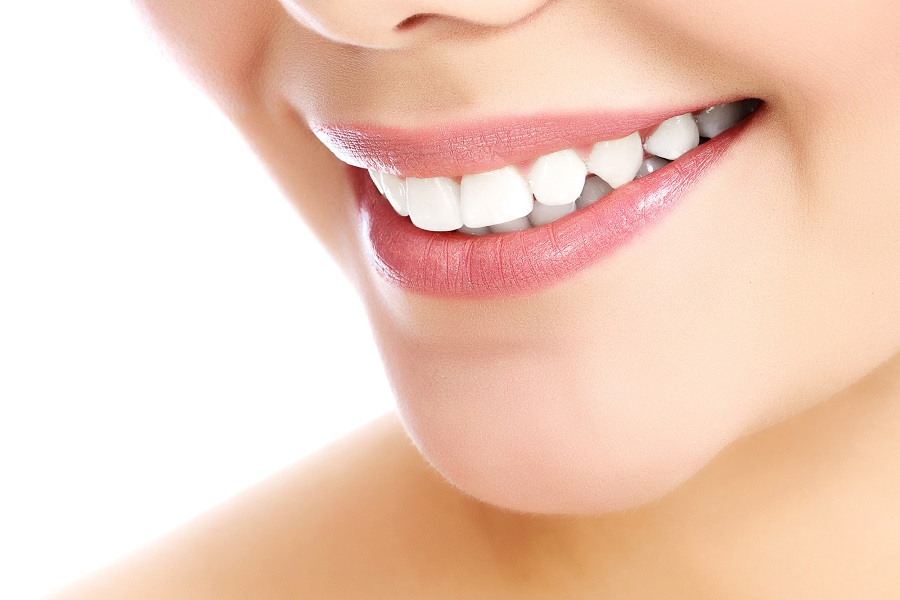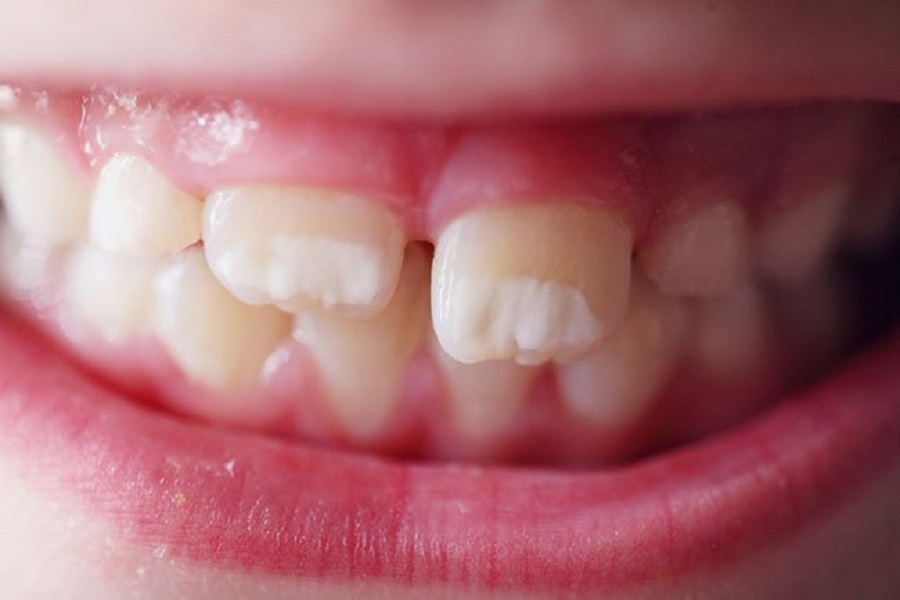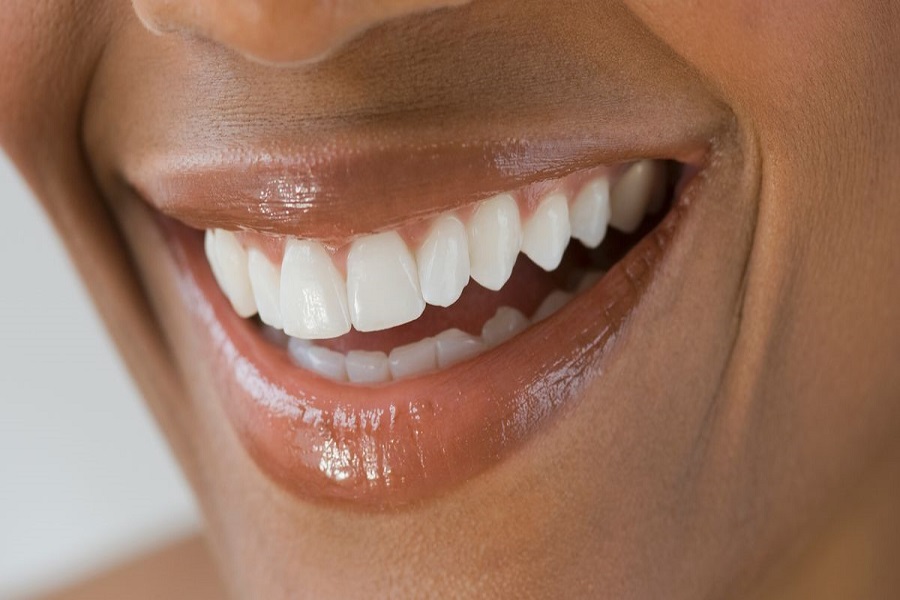The clinical incidence of dentin hypersensitivity after ultrasonic scaling is as high as 92%. It is usually manifested as sharp pain when the teeth encounter hot, sour, sweet and other stimuli, and transient sensitivity for a short time. Ultrasonic scaling is a common operation in the treatment of oral diseases. Preventing and treating periodontitis through periodontal scaling can keep our periodontal health and teeth stronger. However, many people are very afraid of cleaning their teeth. On the one hand, the harsh sound of “zizi” in contact with the teeth during ultrasonic cleaning is frightening; . Tooth pain after scaling is caused by dentin sensitivity. It has been reported in the literature that the clinical incidence of dentin sensitivity after ultrasonic scaling is as high as 92%. It is usually manifested as sharp pain when the teeth encounter hot, sour, sweet and other stimuli, and transient sensitivity for a short time.
The pathogenesis of dentin hypersensitivity is still inconclusive, and the three mainstream hypotheses include neural theory, conduction theory and hydrodynamic theory. Among them, the hydrodynamic theory is widely accepted. This theory holds that when dentin is exposed, external stimuli cause fluid flow in the dentinal tubules, and the fluid flow stimulates the pulp nerve, resulting in short-term sharp pain. After cleaning, the dentin originally covered by dental calculus will be exposed, and external stimuli enter the pulp from the dentin tubules at the gingival recession, causing dentin sensitivity. So, how to deal with dentin sensitivity after cleaning? There is currently no gold standard for the treatment of dentin sensitivity, and there are two main types of treatment: chemical (eg potassium salts) or physical (eg root canal therapy, tooth extraction) to modulate or block the pulpal nerve response to pain . Seals the dentinal tubules, thereby isolating external stimuli from causing fluid flow in the dentinal tubules.
Grossman, a well-known American dental expert, once proposed 6 criteria for desensitization drugs:
(1) No stimulation to dental pulp;
(2) Relatively painless when used;
(3) Easy to operate;
(4) Quick action;
(5) The effect is stable;
(6) Does not stain teeth. A number of research results in recent years1, 2 show that NovaMin desensitizer can be used as a relatively safe desensitization drug.





























